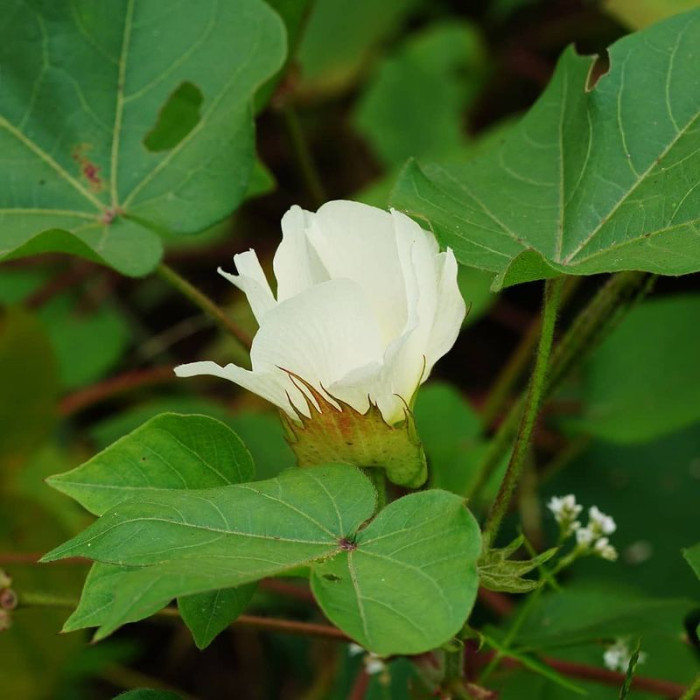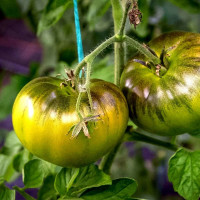Upland cotton or Mexican cotton / Gossypium hirsutum - a species of the genus Cotton plant of the Malvaceae family, originating from Central America and spread throughout the world as a source of plant fiber - cotton, which is used to make fabrics and cotton wool. In the vast majority of cases, this type of cotton is cultivated to produce cotton.
The stem of this type of cotton is straight, woody at the base; 1-1.5 meters tall. The leaves are alternate, long-petiolate, 3-5-lobed, with triangular-ovate pointed lobes. Flowers solitary, five-petalled, cream, with a reddish-purple tint. Blooms in July-September.
Cotton seeds and root bark are harvested after the fiber has been harvested. The fiber serves as a raw material for the production of hygroscopic cotton wool. Dried cotton stalks (guzapay) are used as fuel for tandoors (braziers). Vegetable oil is extracted from the seeds, which is used for food.
All parts of the plant contain biologically active substances: roots - gossypol, tannins, ascorbic acid, vitamin K, trimethylamine, essential oil; seeds - gossypol, gosipin, gosipurpurine, vegetable oils, proteins; the flowers contain flavonoids (5%), citric (5-7%) and malic (3-4%) acids. Carotenoids and catechins are found in all parts of the plant.
Seeds can be planted directly into the ground or grow seedlings. The plant prefers sunny places, and needs watering only during the flowering period. In general, the plant is quite unpretentious.
Cotton flowers bloom in the second half of summer and look like mallows and hibiscus. After flowering, capsules are formed with seeds and soft white hairs.
It is recommended to grow this plant through seedlings. Seeds are soaked for 1-2 days and planted in glasses in early March. Seedlings are planted outdoors when the threat of frost has passed.

No questions about this product, be the first and ask your question.




































